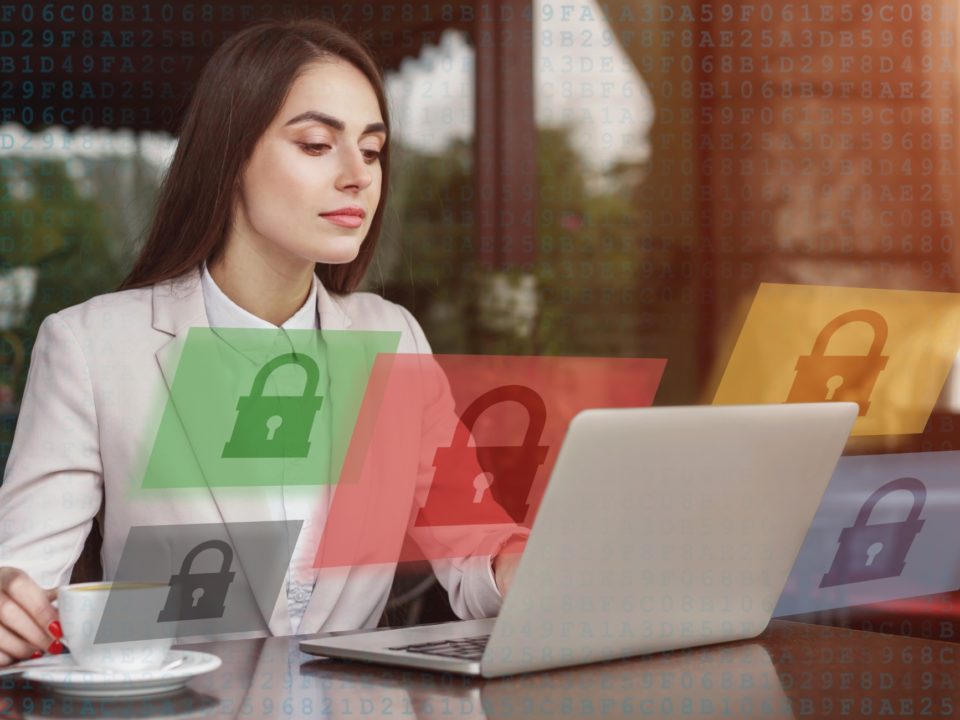
Deepfakes and their Impact on Spanish Criminal Law
November 6, 2024
Refusing a Breathalyzer Test: Legal Consequences
November 27, 2024The Supreme Court, in its judgment of October 14, 2024, dealt with a case that highlights the distinction between the crimes of simulation of crime and swindling in the context of insurance fraud. The defendant falsely reported the theft of his cell phone in the subway for the purpose of obtaining an insurance indemnity, when in fact he had sold the device on an online buying and selling platform.
Facts of the Case
The individual filed a complaint with the police alleging that his cell phone had been stolen while he was traveling on line 3 of the Madrid metro. Following this complaint, the insurer provided him with a new device. Subsequently, it was discovered that the accused had sold the allegedly stolen phone on Wallapop for €710.
Judicial Proceedings
Initially, the Criminal Court of Madrid convicted the defendant for a continuous crime of fraud, sentencing him to one year in prison and the obligation to compensate the insurer with 954 euros. However, he was acquitted of the crime of simulation of a crime. The Provincial Court of Madrid, when reviewing the case, considered that he should also be sentenced for simulation of a crime, imposing a fine of 1,080 euros.
Supreme Court Decision
The Supreme Court revoked the conviction for simulation of a crime, arguing that the false denunciation had not generated procedural actions, an essential requirement for the criminalization of the crime according to article 457 of the Penal Code. This article establishes that this crime is committed by anyone who, before a judicial or administrative official, pretends to be responsible for or a victim of a criminal offense or reports a non-existent one, causing procedural actions. In this case, the complaint was filed without giving rise to legal proceedings, so the requirements of criminality were not met.
Legal Implications
This ruling underlines the importance of distinguishing between the crimes of simulation of crime and fraud in insurance fraud. For the simulation of a crime to exist, it is necessary that the false accusation provokes procedural actions. In the absence of these, the crime does not take place, although fraud can exist if an economic benefit has been obtained by means of deception.
Conclusion
The Supreme Court ruling clarifies the limits of the simulation of a crime in the area of fraud against insurance companies, emphasizing the need for the false report to generate procedural actions in order for this crime to be committed. This criterion is essential for the correct application of criminal law in similar cases.
Note: This article is based on the Supreme Court ruling of October 14, 2024 and on information available in specialized legal sources.


